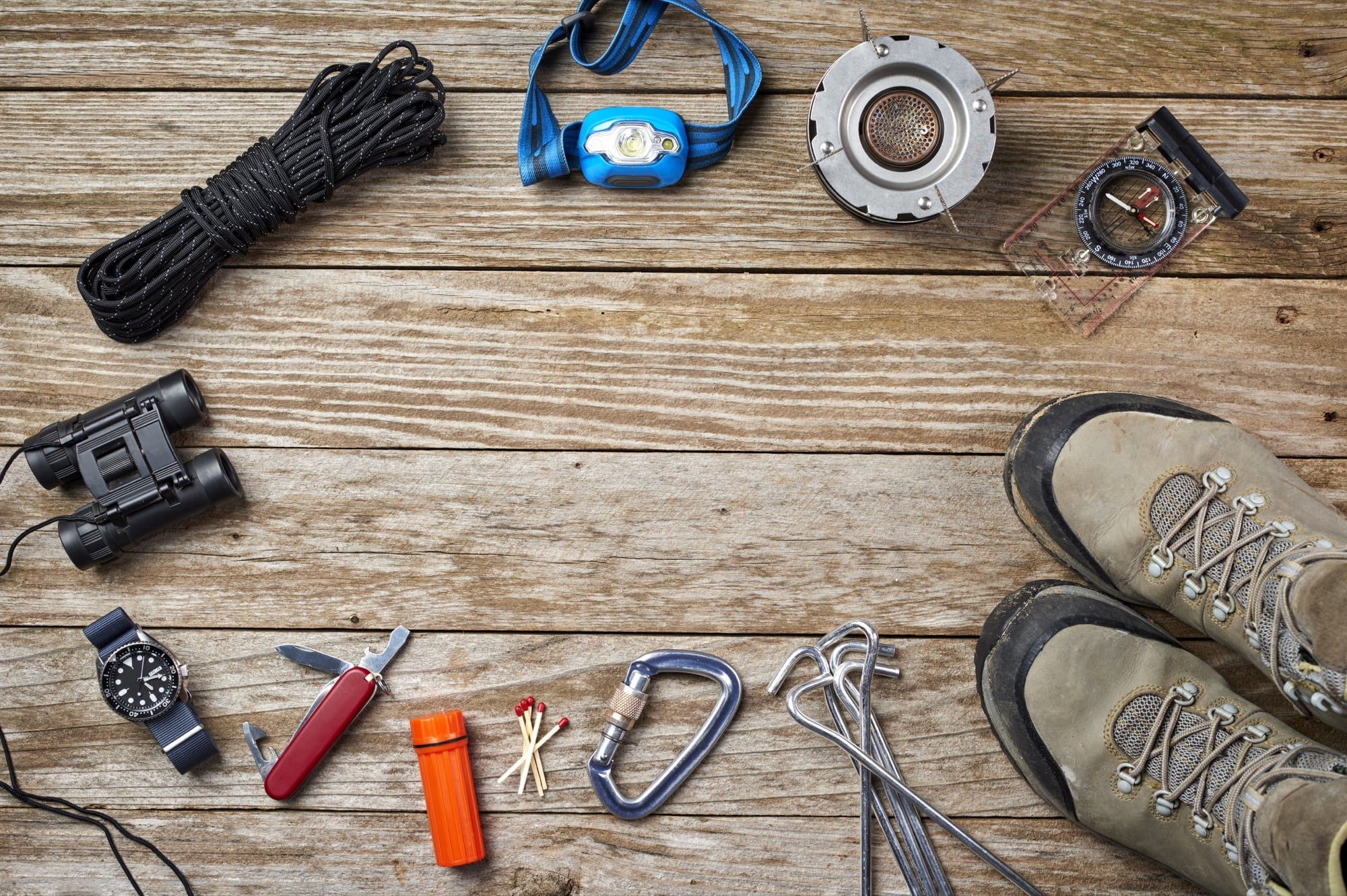
One of the first pieces of equipment all outdoor enthusiasts consider purchasing is some kind of pack. From a simple “fanny” pack all the way up through expedition packs, outdoor backpacks come in all shapes and sizes. With so many features to consider, we’re going to help you work through the process of determining what backpack is best for your needs.

Things to Consider
-

Gregory Baltoro 65 Pack Capacity: You want to make sure you pick the right size for how long you intend to be on your adventure. If you’re just going out for a few hours, a simply hydration pack may be all you need. But if you’re going out for several days, you’ll need something larger. These are the generally accepted size recommendations based on time on trail:
- Day to 2 nights: 20 to 50 liters (~1,200 – 3,000 cubic inches)
- 2 to 3 nights: 50 to 60 liters (~3,000 – 3,600 cubic inches)
- 2 to 5 nights: 60 to 80 liters (~3,600 – 4,900 cubic inches)
- 5+ nights: 80+ liters (~4,900+ cubic inches)
- Size based on spring through fall activities, winter will require more space to accommodate additional layers
- Torso Length: Some packs come in a variety of sizes that relate to the length of your torso. You want a pack that fits comfortably between your shoulders and your hips. Some packs are adjustable, but still typically within a fixed range.
- Female Specific: There are several manufacturers who produce female specific packs that are typically shorter in the torso, narrower in the shoulders and waist and have contoured shoulder straps to improve comfort.
- Frame: While external frame packs were popular in the past, most backpacks have gone to some form of internal frame structure to distribute weight. Simple day packs typically have no frame, but longer range packs can use a variety of materials. In terms of weight distribution, all perform well, but some materials weigh more than others.
- Opening: Most day packs use the typical inverted U-shaped zipper to open, but longer range packs frequently utilize a top opening. Some long range packs will include zipper access to the main compartment, which can be handy should you need to get to the bottom of your pack without having to unpack everything.
- Sleeping Bag Compatible: If you want to keep your pack nice and tidy, a sleeping bag compartment is a great addition to a pack.
- Pockets: Consider pockets for maps, GPS, bug spray, hats, water bottles, multitools and trail food. Packs come with a wide variety of pocket options, make sure the one you select has the configuration you’ll use most.
- Hydration: A “hydration compatible” pack will have a compartment for a bladder (such as Camelback) and holes to allow the hose to route out.
- Rain Cover: If you trek in areas that are prone to liquid sunshine, look for a pack that has a compatible rain cover.
- Detachable Pack: Some long range packs come with a detachable pack that is great for brief trips away from a base camp.
With so many backpacks on the market, there are plenty of features to consider, but this guide will help you through the most important aspects and get you out on the trail in no time!





